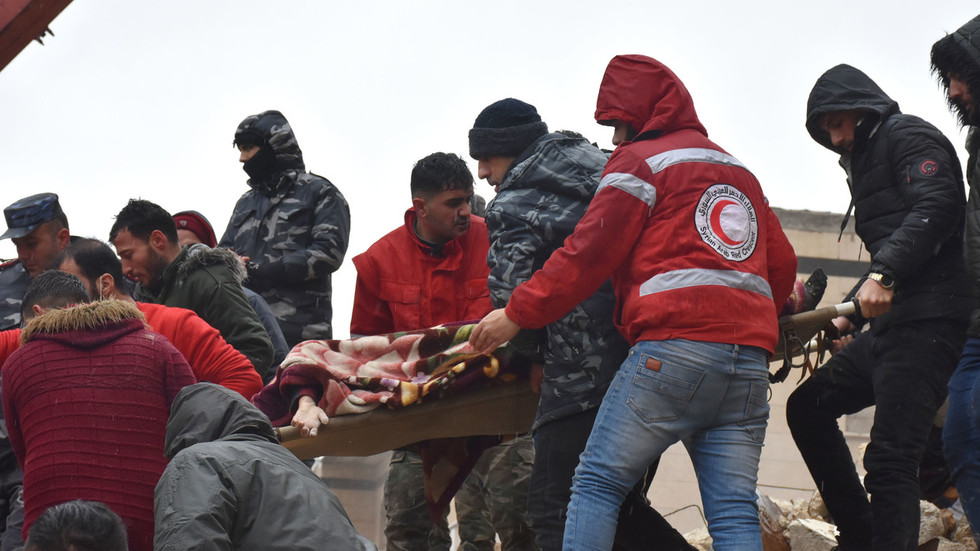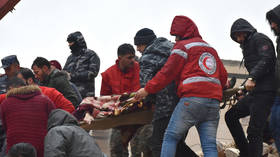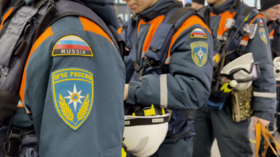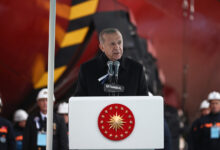
The UN’s health body has warned of the challenges of providing aid to vulnerable people

FILE PHOTO. Rescue operation in Hama Province, Syria after a powerful earthquake. © Xinhua / stringer
The World Health Organization (WHO) has estimated that up to 23 million people could be affected by this week’s major earthquake in Türkiye and Syria. The disaster has already killed thousands and may cause harm to many more in the long run, including five million people who are already in a vulnerable state, a senior official warned.
The tremors caused significant damage to civilian and health infrastructure in the affected region, Dr. Adelheid Marschang, the WHO’s senior emergency officer, reported during a meeting of the international body’s executive committee on Tuesday.
The organization believes that Syria may suffer most from “unmet needs” in the immediate and mid-term, Marschang told the meeting in Geneva, as cited by AFP.
WHO Secretary General Tedros Adhanom Ghebreyesus pledged that the agency will “work closely with all partners to support authorities in both countries in the critical hours and days ahead, and in the months and years to come as both countries recover and rebuild.”

Read more
A 7.8-magnitude earthquake wreaked havoc across southern Türkiye and northern Syria on Monday, and was followed by dozens of aftershocks, some of which caused further destruction. Many buildings collapsed, killing thousands of people and trapping many others under the rubble.
The rescue effort in Syria has been hampered by the damage that the nation’s civilian infrastructure has suffered during a decade of foreign-influenced conflict.
Washington has economic sanctions in place against the government in Damascus, which it sought to replace during the hostilities. The restrictions have been blamed for hindering reconstruction efforts in areas under the government’s control. Many critics, including UN officials, have said that they violate Syrians’ human rights.
It is estimated that troops from the US and its allies hold roughly one third of Syrian territory, including parts that are rich in oil and fertile land.




